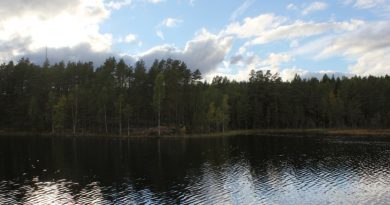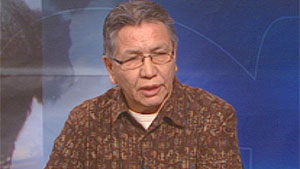Wildfire seasons in the N.W.T. unlikely to ease off by next century, study finds
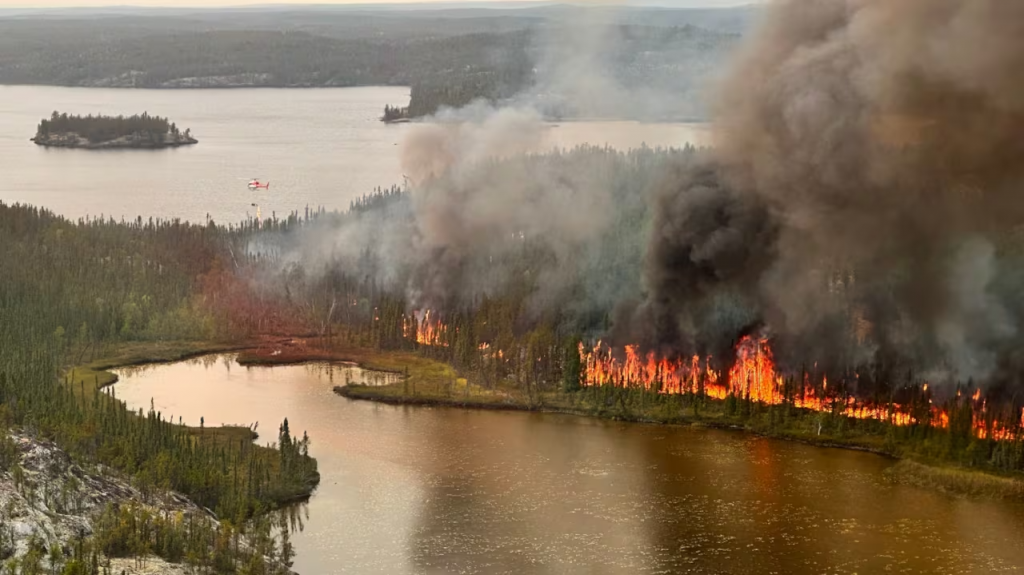
K’ahsho Got’ine Foundation executive director wants community to prepare for more local firefighting
The Northwest Territories could see more difficult wildfire seasons ahead – all the way into the next century according to recent research.
One study published last month by researchers from the University of British Columbia and Natural Resources Canada predicts that while the rest of the country will see an increase in burn probability by 2100, the N.W.T.’s rate will remain about the same.
Chris Mulverhill, one of the study’s co-authors, said the chance of a wildfire in Yellowknife is already as high as it can get.
“We hopefully don’t want to give the impression that Yellowknife [and other northern communities] are going to be spared from intense fire seasons in the future,” he wrote in an email.
However, there are challenges with predicting the future.
Mulverhill said the projections are based on current forest conditions, but climate change in northern areas is expected to cause large changes in the structure, composition, and condition of vegetation.
A unique set of drivers
Meanwhile, a different study published last month by researchers at the University of Toronto states wildfires in the subarctic are driven by different factors than in areas further south.
The study found that the state of vegetation before fires, the amount of humidity in the soil and wind exposure are some of the most important factors in the subarctic.
“If you have diseased or dead vegetation, that’s a source of fuel for the fire,” said Kent Moore, one of the co-authors of the study.
“It’s a consequence of climate change that the state of the forest is not as healthy as it used to be.”
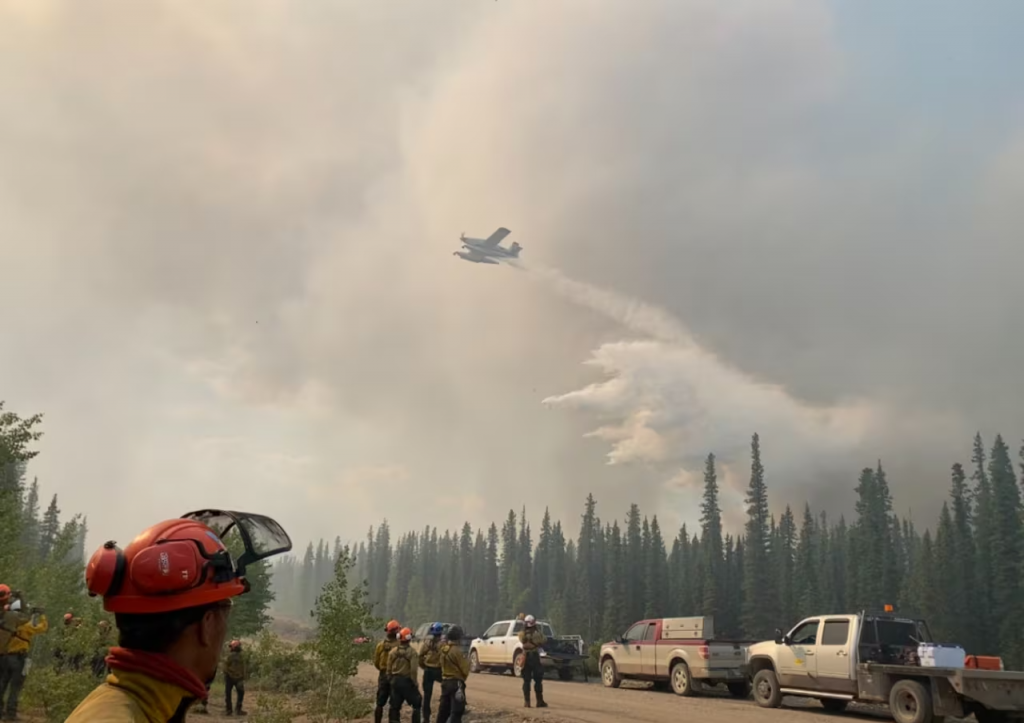
Moore said a lack of rain over summers could dry out vegetation even more and lead to low soil moisture, no matter how much it rains or snows in the spring.
Up to 40 per cent of the territory has been affected by severe to extreme drought since 2022, according to a recent report from the government of the Northwest Territories.
Local capacity
Danny Masuzumi, the executive director of the K’ahsho Got’ine Foundation Guardians, said the findings of these two studies track with what the K’ahsho Got’ine Foundation Guardians are seeing on the ground, and what they expect of the future. He said he felt it was important to take researchers’ projections seriously.
His community mostly saw small wildfires this season. But in 2024, wildfires triggered an evacuation in Fort Good Hope where the foundation’s offices are located. Masuzumi said he wants his community to be prepared to face more difficult years.
“We don’t want to have another forest fire that puts people’s lives in danger,” he said.
His team has been trained for wildfire fighting since 2022, but he said they don’t have enough dedicated firefighters to face a future of intense wildfire seasons.
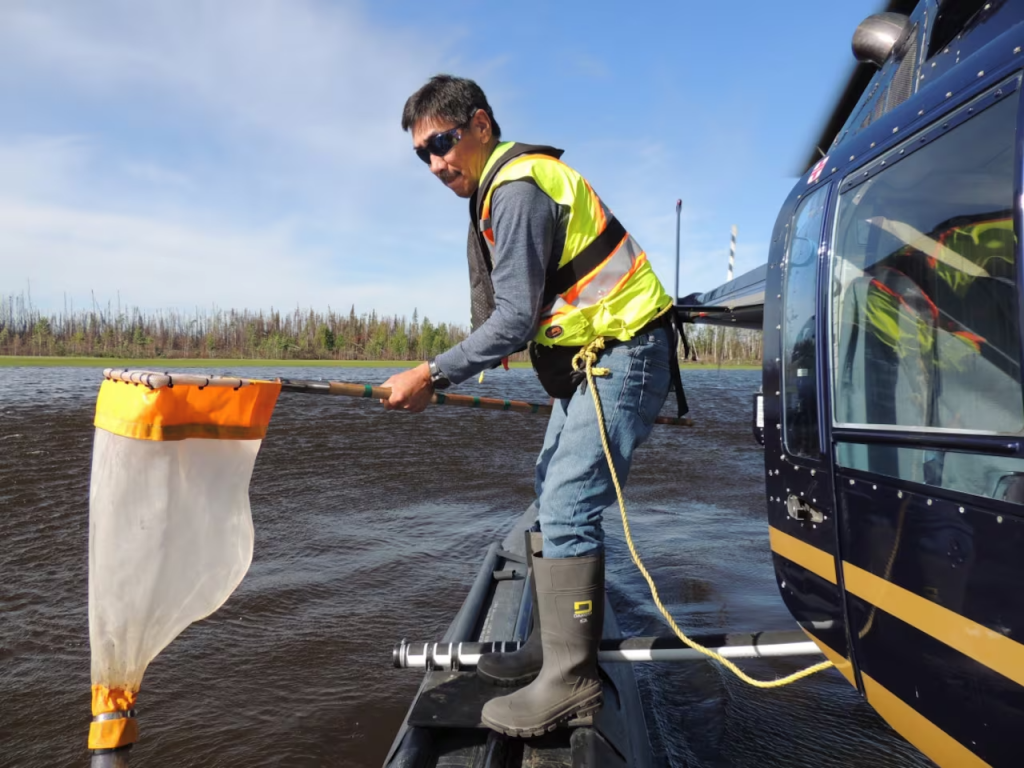
He said there is a need for a full fire brigade in the area his team is responsible for in the Sahtu region. There is equipment available: the community purchased about $100,000 of firefighting equipment last year.
“If we, the Guardians, take on this role, it’s going to be too overwhelming,” he said.
Masuzumi said he understands the N.W.T. fire crews have limited resources, but even small fires can have big impacts on wildlife habitats.
“Whatever forest we have that’s not burnt, I feel that maybe we should try and protect those areas as to make sure they don’t burn too,” he said.
Masuzumi said he would like leadership and the community in Fort Good Hope to come together and make a plan for fighting wildfires in the future. He said there has been talk of a brigade before, but as far as he knows, the project has been shelved.
“We have to feel accountable for things like this because nobody else is going to do it for us,” he said. “It has to come from the whole community.”
Related stories from around the North:
Canada: N.W.T. requests help from elsewhere to battle wildfires, CBC News
Finland: Wildfires continue to burn across Lapland, Yle News
Norway: Smoke from Canadian wildfires forecast to reach Norway, The Associated Press
Russia: New NOAA report finds vast Siberian wildfires linked to Arctic warming, The Associated Press
Sweden: High risk of wildfires in many parts of Sweden, including North, Radio Sweden
United States: Wildfires in Anchorage? Climate change sparks disaster fears, The Associated Press


